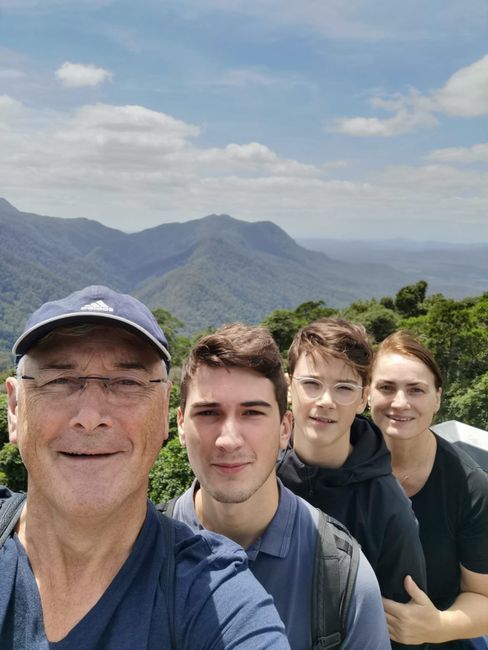In 6 weeks from Noosa to the Great Ocean Road and back
Жарыяланган: 11.02.2020
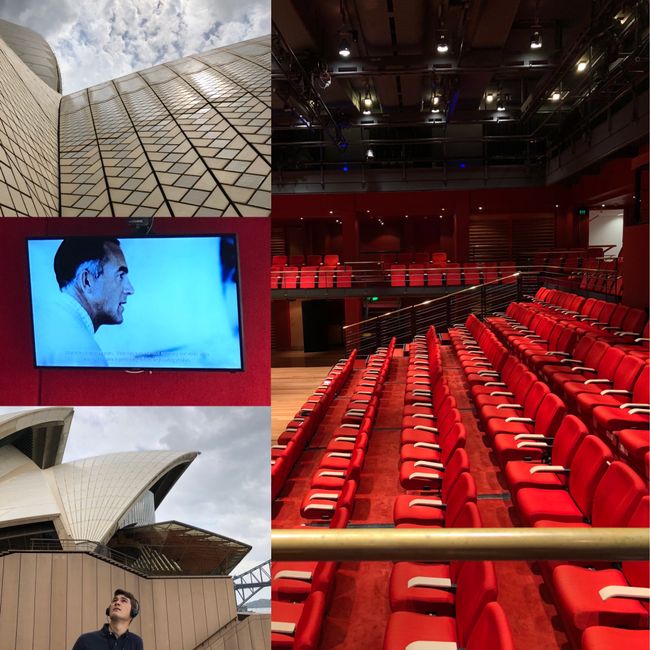
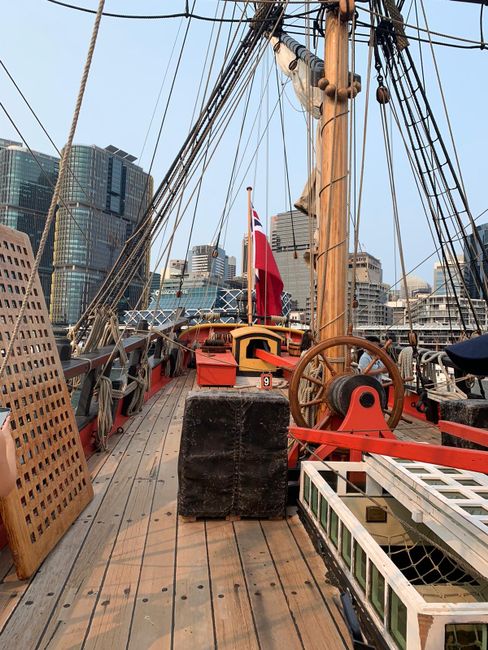
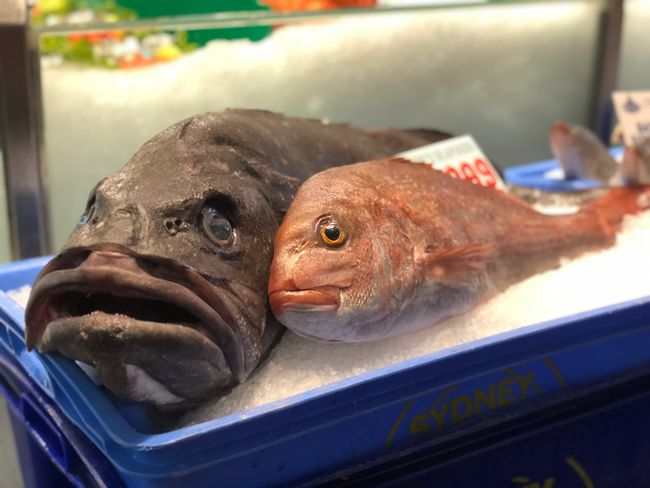
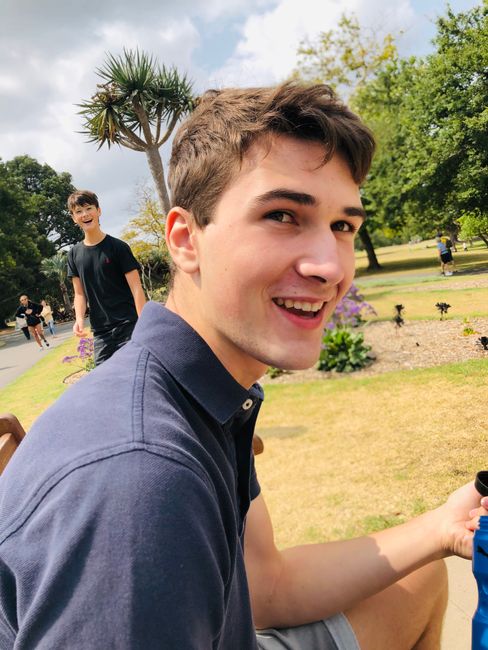
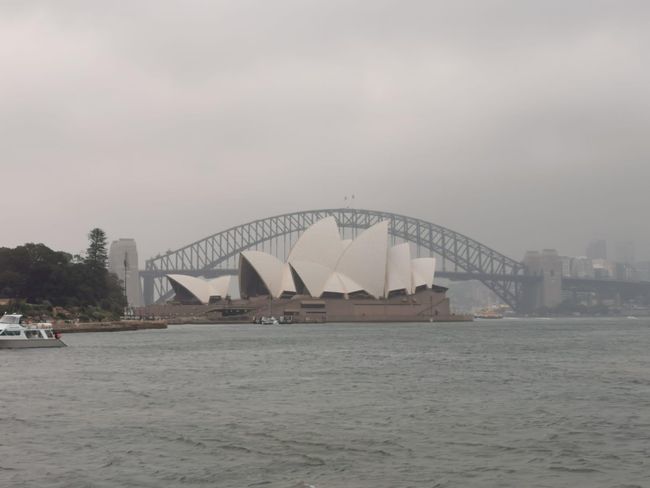
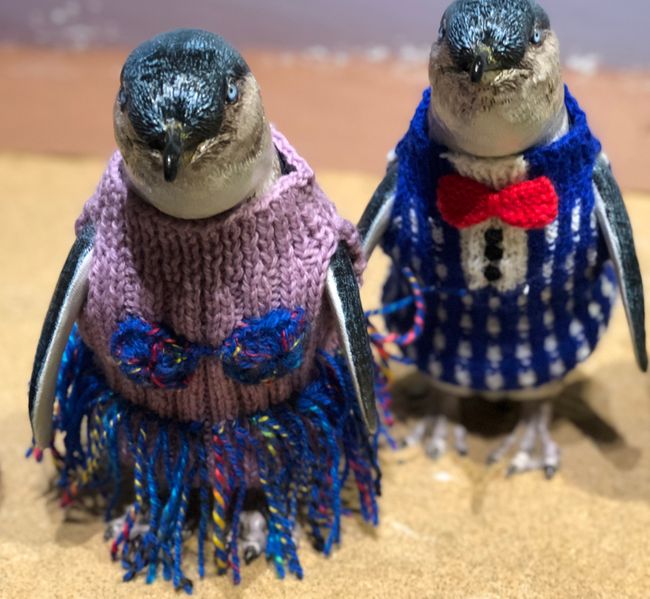
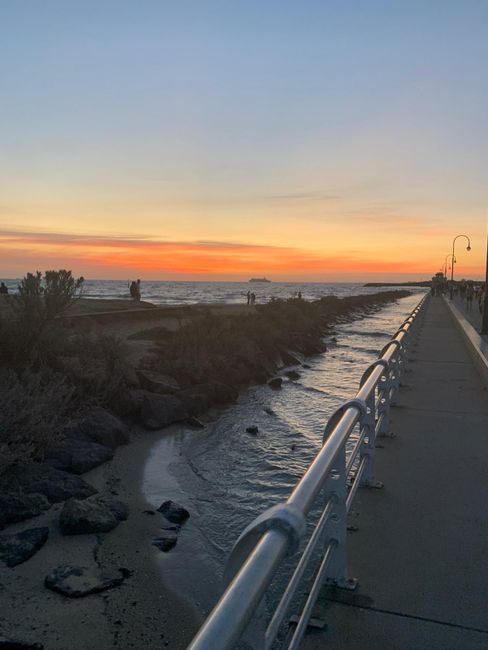
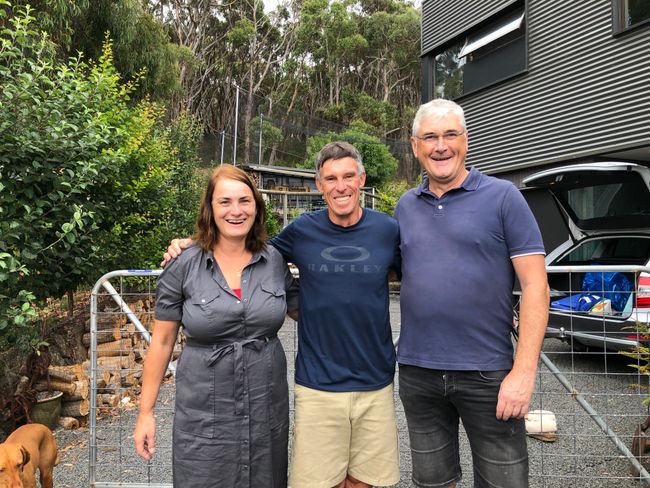
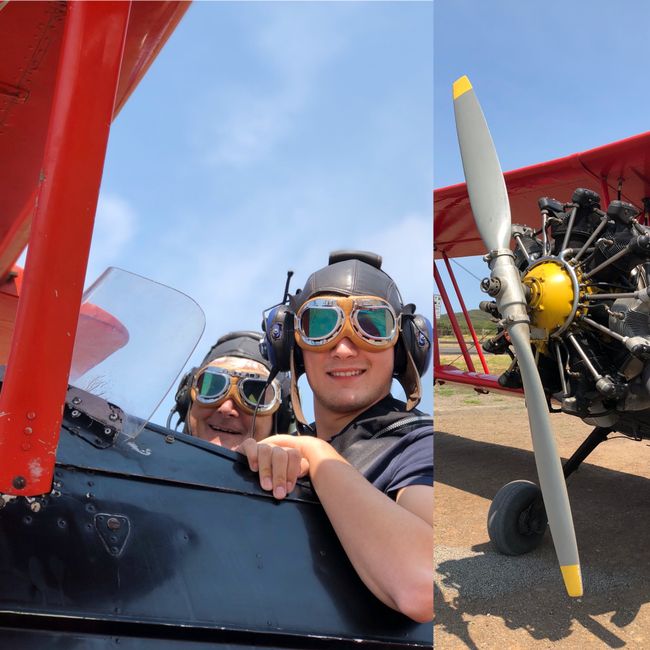
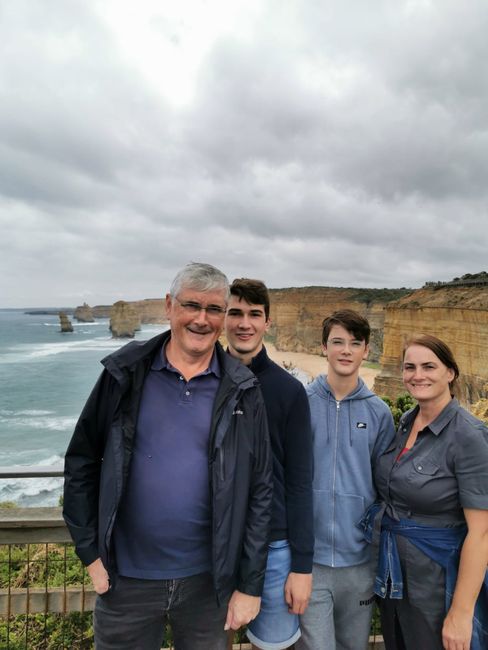
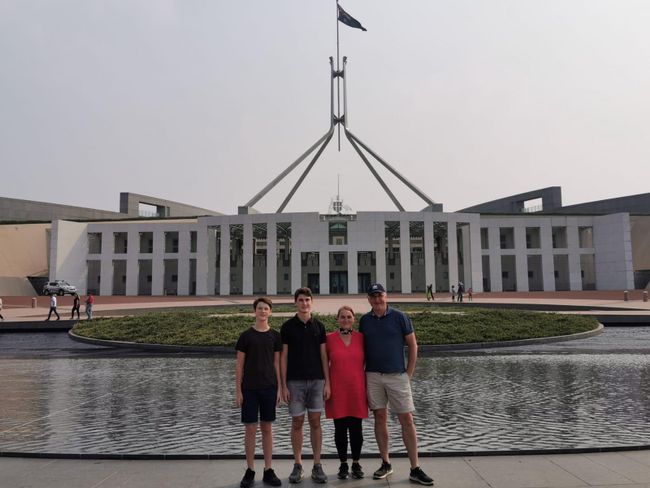
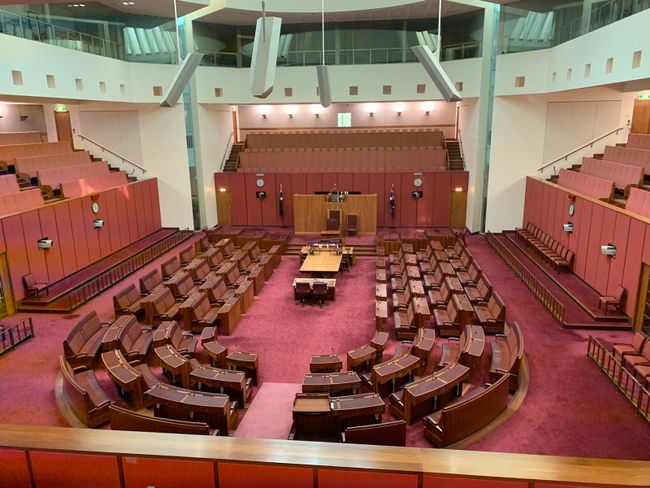
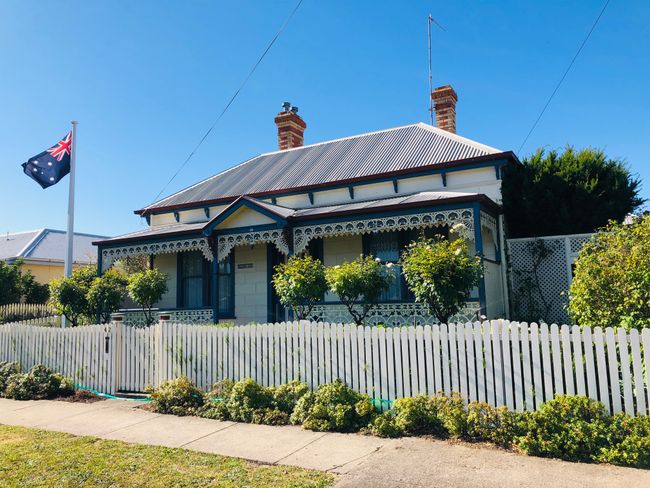
Бюллетенге жазылыңыз
Text by Maximilian Hirr
I have been on the road for six weeks now, exploring the southeast of Australia with my family. We have traveled about 5,000 kilometers by car, which is roughly equivalent to the distance from Cologne to Moscow and back. Or, in our case, from Noosa to Portland.
Our journey started in a car, just like most road trips. After loading all the suitcases into the car and filling the trunk to the last centimeter, we were shocked. Even though we had only packed the essentials. Fortunately, we were able to store two suitcases at a friend's place, otherwise our trunk wouldn't have been enough.
Now, at the end of the trip, I can say that we definitely brought way too much stuff. Four pairs of shoes - hiking, sports, spare, and regular shoes - were not necessary at all. Even things like a baking dish turned out to be of little use. In fact, it is enough to bring only what you would need for four days. Most of the accommodations we stayed at had a washing machine, and when it comes to shoes, you usually wear only one pair. So, we ended up hauling a lot of stuff around Australia. But that didn't stop us from having a fantastic trip.
Byron Bay
And so, my turn to drive came right at the start. I was to drive the first leg to Byron Bay. So, we had to get the "five-meter ship," which we affectionately called the "tank" right after buying it, onto the highway. I wasn't really nervous because I had driven before, but I didn't want to cause an accident at the beginning of the trip.
Now, after hours in the car, I can say that driving in Australia is easy. Most of the cars here have automatic transmission, which means the car takes care of the hardest part for you. There is not much traffic on the highways, and there is an exhausting speed limit of 110 km almost everywhere. However, you still have to be vigilant because even a slight violation of the speed limit can result in hefty fines. Driving with a speed limit is much less fun and takes much longer. Sometimes, I just wished I could turn on the autopilot and let the car drive itself.
I'm really looking forward to driving in Germany, the only country in the world without a speed limit. Although it can be more exciting in big cities like Sydney. There is much more traffic and people drive more aggressively. But as a family, we took turns driving. Especially in the cities, I still feel a bit unsure, and that's when my parents took over.
It should be mentioned that getting an Australian driver's license is easy and not comparable at all to the time and effort required to obtain a German driver's license. I only had to take an online test, which I studied for three days. After that, I bought two L-Plates (signs that you have to stick on the front and back of the car to let other drivers know that you are a learner driver) at the dollar shop, and then I was allowed to drive. Initially, only with my parents' supervision, but if everything goes well, I can take my driving test in August without ever having attended a driving school and have a valid driver's license. Also valid in Germany.
Byron Bay Lighthouse
After 300 kilometers, we arrived in Byron Bay. Australia's easternmost point is not only beautifully situated, but it also has a thriving hippie, art, and street art scene. Byron Bay is also very popular with surfers and young people who play music and party together until late at night. But with my parents, it was more about sightseeing, so during our stay, we focused on the beach and the Lighthouse-Walk.
My photos say more than I could ever write, and I can simply say that Byron Bay is a real highlight. For me, it is definitely a place I would like to visit again, but next time with a visit to a festival, as there are numerous festivals here every year. For example, the "Byron Bay Music Festival" is where the Australian artist Tones and I was discovered, and her song "Dance Monkey" reached number one in over 30 countries.
Dorrigo National Park
On our journey, we then headed inland. We made our next stop in Dorrigo, a town of 1,000 inhabitants surrounded by mountains and rainforest, to explore the Dorrigo National Park. We walked along well-maintained hiking trails through a huge rainforest, where many animals still find their natural habitat and live undisturbed by human influence. We saw many lizards, snakes, and insects here. In addition to numerous waterfalls, you can also enjoy breathtaking views of the forested mountains. The park is already listed as a World Heritage site. After two days in nature, we continued our journey, making stops in Coffs Harbour and Nelson Bay, heading to the complete opposite of Dorrigo: Sydney.
Sydney
If I could only choose one destination on my trip to Australia, my choice would have been Sydney without hesitation. Australia's largest city has everything you would expect when visiting an Australian city. Sydney is modern, multicultural, and has the most popular attractions as well as stunning beaches. And that's how it was for me, Sydney exceeded my expectations. The wow effect when you stand in front of the "Opera House" for the first time and just a turn of the head away, you see the Harbour Bridge is indescribable. You have finally made it, you are standing in front of the heart of Australia. And so, I can really say that Sydney was a highlight of our trip.
Sydney Opera House
But Sydney has a lot more to offer besides its main attractions. If you want to experience Australia's underwater world in an impressive way and don't have time for snorkeling tours, you will probably enjoy a visit to "Sea Life Sydney Aquarium". I also found the free bus tour, which cost 18 dollars but was still 60 percent cheaper than all other bus tours, to be a worthwhile investment. During this tour, you learn a lot about the history and local facts while seeing the most important attractions.
We spent a whole seven days in Sydney, so we still had time to visit the Maritime Museum, where you can explore the Endeavour (a sailing ship) and experience what it was like for the Australian explorer James Cook. I could go on with this list because I can also recommend the Fish Market, the Botanical Gardens, or the Powerhouse Museum to everyone. In the end, they all underline how diverse Sydney is. At the end of our time in Sydney, I looked for the perfect spot for a photo, and now I can recommend everyone to go to "Mrs Macquaries Chair", which offers the best view of the skyline, Opera House, and Harbour Bridge. And so, our time in Sydney ended on Christmas Eve with a five-hour drive to the Snowy Mountains.
New Year's Eve in the Snowy Mountains
We spent our Christmas holidays in the small ski resort of Crackenback, which is only a few kilometers from Mount Kosciuszko, the highest mountain in Australia. In the Australian winter, the slopes here are usually covered in snow, and ski enthusiasts from all over Australia flock to the small town to ski in the ski resort. In summer, on the other hand, the snow has melted, and instead, we met many hikers and mountain bikers who enjoy the wonderful tranquility of the mountains and the alpine flair. Our Christmas celebrations this year were cut short, and so we only spent Christmas Eve in a festive manner.
Mount Kosciuszko
Because the next day, we set out to climb the highest mountain in Australia, Mount Kosciuszko. The ascent consisted of a ten-minute ski lift ride and a 13-kilometer walk to reach the top of the 2,228-meter-high mountain. This was one of the goals I definitely wanted to achieve, and it was an unforgettable moment on the roof of Australia. The animals also seem to love the nature in the alpine region, and so we saw numerous deer, kangaroos, and even brumbies (wild horses) here. Only the wombats, whose burrows we constantly encountered while hiking, did not cross our path.
New Year's Eve in Melbourne
Our journey then took us further to Melbourne via a stopover in Albury. We rented a small apartment near the city center for New Year's Eve. The first two days, with temperatures just above 40 degrees, were only bearable in the apartment with the air conditioning running, so we spent a lot of time playing Monopoly.
Eureka Skydeck and Penguin Parade
In the end, we decided to explore the city and make the most of our time. I particularly liked Melbourne's many small alleys and side streets, where many interesting cafes and shops are hidden. We also visited Flinders Station and enjoyed the skyline from the Eureka Skydeck. There were probably a few more attractions we could have seen, but overall, Melbourne is much less diverse than Sydney.
Maybe we just didn't spend enough time in Australia's second largest city, but even the fireworks on New Year's Eve were far less spectacular than in my small hometown of Northeim. Therefore, Melbourne cannot compete with Sydney for me. There was much less to discover, and most of the attractions lacked the wow factor. While the skyline in Sydney was more of a side attraction, here it was supposed to be the main attraction.
However, our time in Melbourne was not yet over, as we continued to Kilcunda to see the Penguin Parade on Phillip Island. But even here, our expectations were not met, as the Penguin Parade, where thousands of penguins are usually seen on the beach every day, was very limited. Only about 100 penguins came ashore, while the rest stayed in the water until midnight due to smoke and fog, according to the ranger.
Great Ocean Road, Great Otway, Great Cyclist:
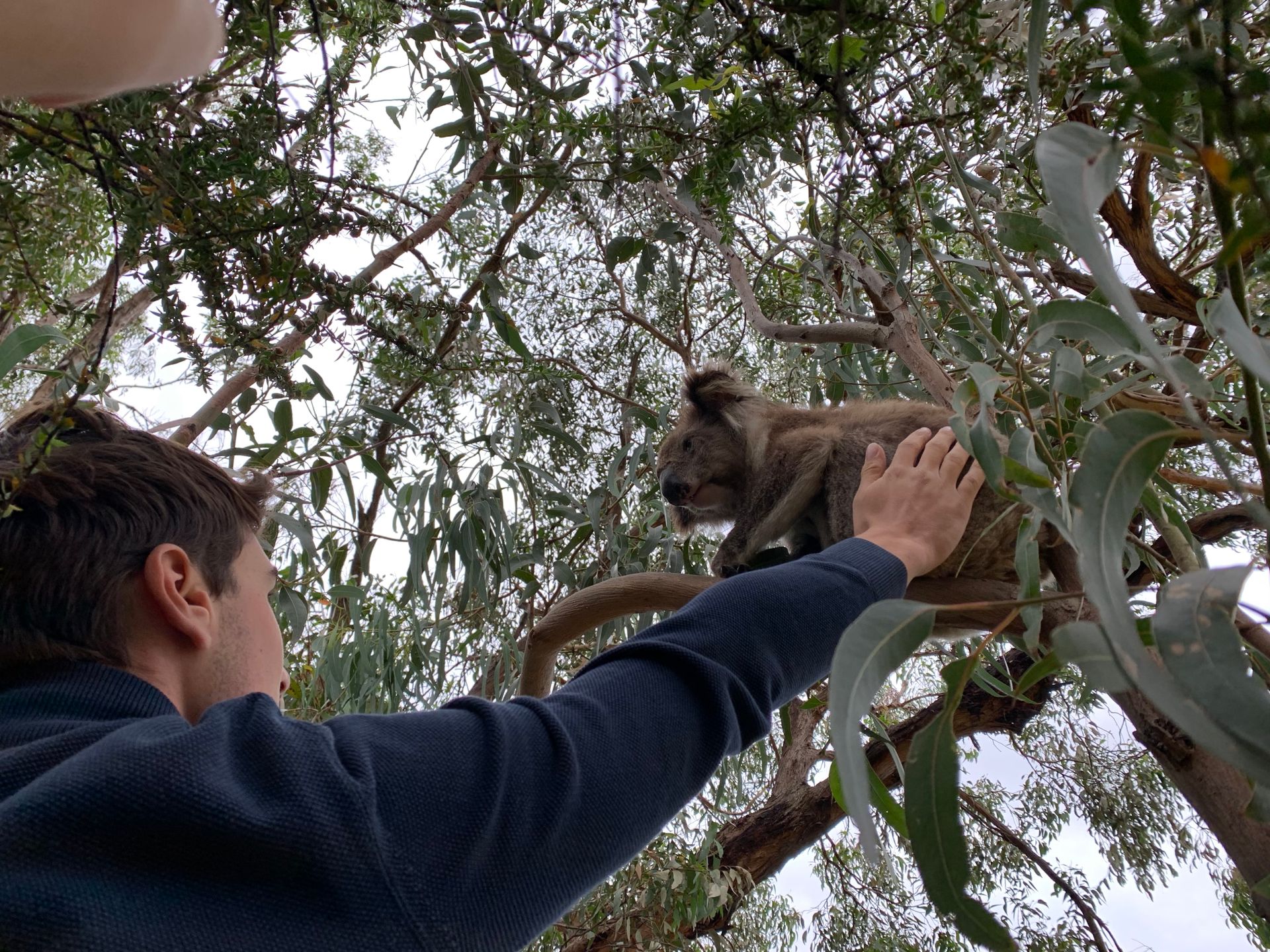
There it was!
A "koala"! At first, I didn't believe it when I heard my father calling me. But there it was, a koala right in front of us. Wide awake, it was trying to determine which eucalyptus leaf would taste the best through careful sniffing. It was a stroke of luck that we didn't expect anymore. We had probably visited every place on our route recommended as a potential koala hotspot in the travel guide, but we always had to continue driving without ever seeing a koala. It has become really difficult to encounter wild koalas in Australia. Fires, diseases, dog attacks, and the increased loss of their habitats are causing serious problems for these teddy-like marsupials. So much so that by the year 2050, they could be extinct in large parts of Australia. That's why until that point, we had only seen koalas in zoos and sanctuaries.
We were even more delighted that the first half of our route along the Great Ocean Road started so well. We had already traveled more than 150 kilometers along the breathtaking coastal road and had just arrived at our accommodation near the Great Otway National Park. The accommodation itself was quite unspectacular, but the owner turned out to be Australian cycling legend Phil Anderson, who had won several bike races during his active career and had also worn the yellow jersey of the Tour de France for ten days. Right after our first encounter, he told us about the many koalas in the region, and just minutes later, during a walk around the accommodation, we spotted the koala. We were very careful not to disturb it in any way, but it was an indescribable moment to be so close to this animal, especially since it was sitting in a small tree at chest height.
There were more surprises to come. The next day, while exploring the Great Otway National Park, we saw over 20 wild koalas! We could already see from a distance where a koala must be. Often, cars would stop close to the road, and nearby, there would be a group of people looking up at a tree. The Great Otway National Park turned out to be a real stroke of luck for koala sightings, and so we reluctantly drove on the next morning towards the Twelve Apostles.
The Twelve Apostles
However, the Twelve Apostles are not the only attraction along the Great Ocean Road, as the coastal road itself is worth the trip. At almost every point along the route, you have breathtaking views of the rough sea crashing against the towering sandstone cliffs. You can enjoy an especially impressive view of the Twelve Apostles from the air, so we decided spontaneously to take a helicopter flight. The 15 minutes in the air left us speechless, and my mother's initial fear turned into enthusiasm within a short time.
After another 150 kilometers on the road, we reached our final destination, Portland. It's a rather typical Australian small town that we probably could have skipped. From there, we continued day by day, kilometer by kilometer until we arrived back in Noosa on January 20th. Only Canberra is worth mentioning on our return journey, as we spent two days there.
Canberra, Parliament
Australia's capital is a relatively young city that experienced a population boom after World War II, adding about 350,000 new residents in just 70 years. You can definitely see its young age in the city. Canberra was planned on a drawing board, and everything seems a bit artificial. Especially since the city, nicknamed the "Bush Capital," was stretched out quite a bit with numerous green spaces and a lake in the middle. To keep up with other modern capitals, the city planners built some intimidating monumental buildings, which don't really remind you of a modern capital. Although many of the buildings have a rather unattractive exterior, the National Gallery, War Memorial, and Parliament are fascinating on the inside. I found the guided tour of Parliament particularly interesting and would recommend it to anyone interested in Australian history.
Unfortunately, our time in Canberra was dominated by poor air quality, as a huge bubble of smoke enveloped the city. We could only vaguely see most of the buildings in the distance, and the longer we stayed outside, the more the smoke affected our eyes and breathing. To avoid this, many people spent time in museums, where the air quality was normal. We ourselves had great concerns about whether we should really continue our tour because of the bushfires. Although the fires never directly affected us, we often drove through huge clouds of smoke or forest areas that consisted only of black tree stumps on both sides of the road. It was terrible to see on TV how places like Fraser Island burned down and how many people and animals lost their lives in the fires. That's why I hope that this fire season will at least have a positive result, namely that more Australians reconsider their views on human-induced climate change. During my trip, I experienced firsthand how beautiful Australia is, but also how vulnerable it is.
Maximilian is attending Sunshine Beach State High School in Noosa, Sunshine Coast, Queensland for one year
Бюллетенге жазылыңыз
Жооп (1)
Oliver
Maxi verzeih mir den etwas belehrenden Seitenhieb:
Zitat: Um so mehr freue ich mich schon, in Deutschland, dem einzigen Land ohne Tempolimit weltweit, fahren zu dürfen.
Zitat: dass mehr Australier ihre Meinung zum menschengemachten Klimawandel überdenken
Auch Deutsche sollten zu diesem Thema nachdenken - auch die Autofahrer
Ansonsten freue ich mich für Dich, dass Du diese eindrucksvollen Erfahrungen machen kannst
viele Grüße auch an die Eltern von Oliver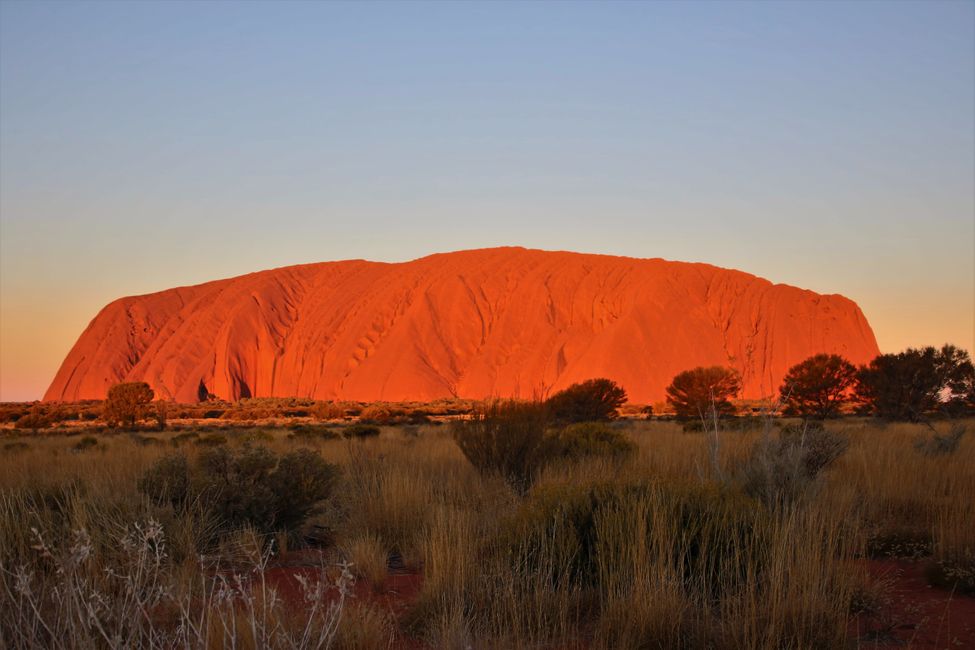
Саякат баяндамалары Австралия

